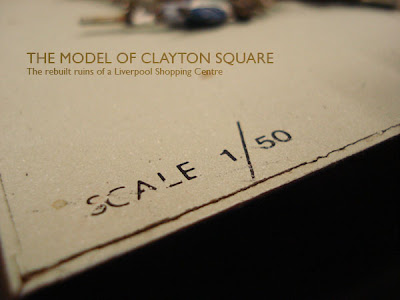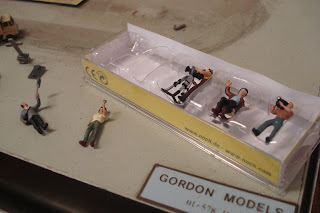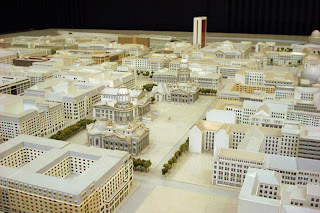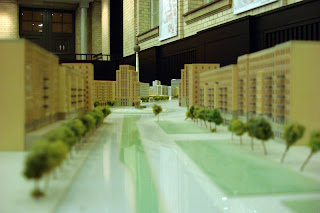BBC Big Screen Liverpool presents
a Luden AudioVisual production
a film by Sam Meech
Music by
AmosProduction Assistant - Neringa Plange
Bevington Street &
International Garden Festival modelshttp://www.blogger.com/img/gl.link.gif
filmed courtesy of National Museums Liverpool
www.liverpoolmuseums.org.ukClayton Square Entrance model
salvaged from complete destruction by Bren O’Callaghan
rebuilt by Sam Meech
now inhabited by a house spider
Liverpool One model
filmed couretesy of Grosvenor
www.liverpool-one.comLiverpool City Centre 1:500 scale model
filmed courtesy of Liverpool Vision
and Liverpool Central Library
www.liverpoolvision.co.ukTHIS model (The Design Academy)
stolen from Liverpool School of Art and Design
thanks to
Jenny Douglas at Liverpool Vision
Mark Wareing at Liverpool Central Library
Kay Jones and National Museums Liverpool
Lorraine Dolding at Grosvenor
John Venters at Liverpool One
Mark Fleming at Studioscope
Matthew Halsall
special thanks to
Bren O’Callaghan
produced by
Luden AudioVisualSome small animals were lost
and harmed making this film
R.I.P Bob











































